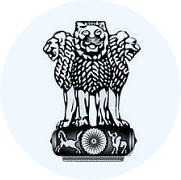Spectrum Summary: Non-Cooperation Movement & Khilafat Aandolan | History for UPSC CSE PDF Download
| Table of contents |

|
| Introduction |

|
| Background |

|
| The Khilafat Issue |

|
| The Non-Cooperation Khilafat Movement |

|
| Why Gandhi Withdrew the Movement |

|
| Evaluation of the Khilafat Non-Cooperation Movement |

|
Introduction
Between 1919 and 1922, people in India stood against the British rulers in two big movements:
- Khilafat Movement: This was about supporting Turkey, whose leader, the Khalifa, was treated badly by the British after World War I.
- Non-Cooperation Movement: This was a protest against the British government, and even though it started for different reasons, it joined hands with the Khilafat Movement.
Both movements decided to follow a common plan of action, which was to resist without using violence.
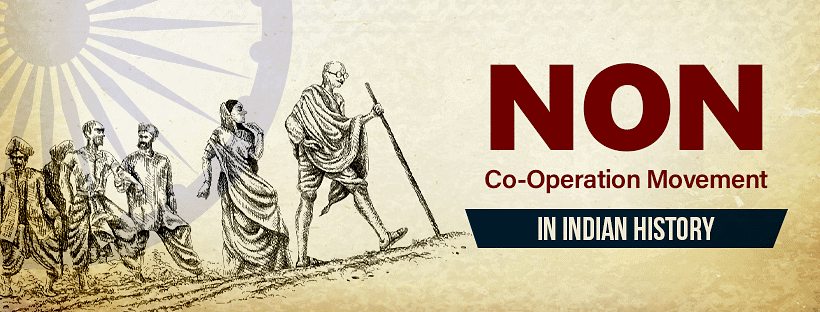
The Khilafat issue was not directly linked to Indian politics but it provided the immediate background to the movement and gave an added advantage of cementing Hindu-Muslim unity against the British.
Background
The background of the two movements was provided by a series of events after the First World War.
The year 1919, in particular, saw a strong feeling of discontent among all sections of Indians for various reasons:
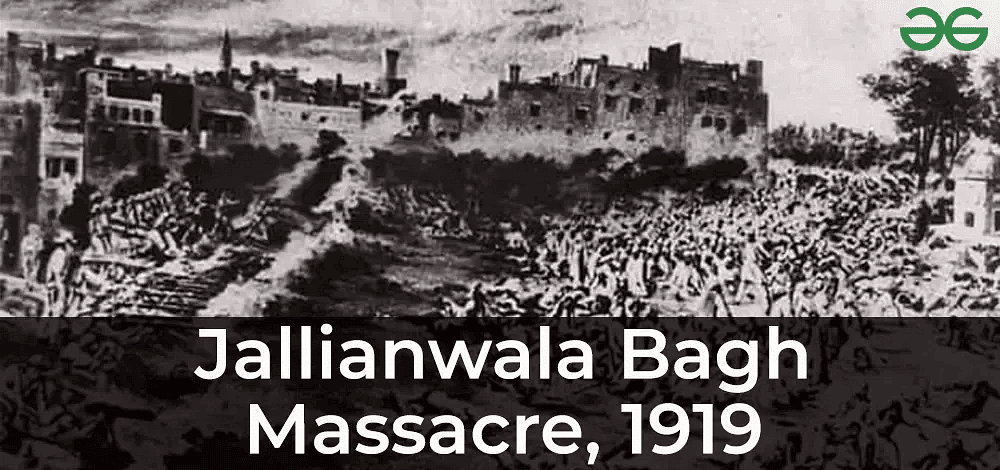
- Economic Troubles: The country faced economic problems after the war. Prices of things went up, Indian industries were not doing well, and taxes and rents increased. This made life hard for everyone, and people started disliking the British rule even more.
- Unfair Laws and Violence: The Rowlatt Act was a law that upset people. Martial law in Punjab and the Jallianwalla Bagh massacre showed how harsh and uncaring the British rule could be. The Hunter Committee, which looked into the Punjab violence, didn't help, and the British Parliament even supported the actions of General Dyer, who was responsible for the massacre.
- Failed Reforms: The changes made by the Montagu-Chelmsford Reforms didn't satisfy the Indians who wanted self-government. The system of dyarchy they introduced didn't work well.
During this time, Hindus and Muslims started coming together politically:
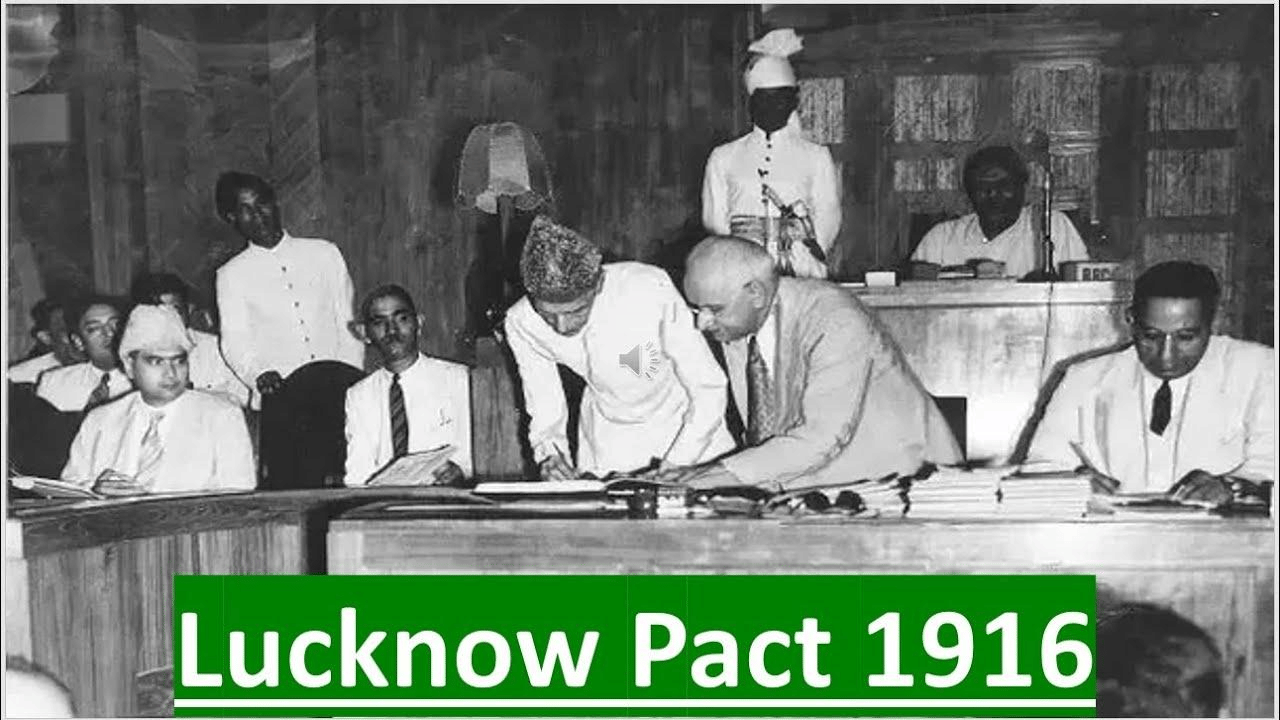
- The Lucknow Pact in 1916 encouraged cooperation between the Congress and the Muslim League. The protest against the Rowlatt Act brought Hindus and Muslims, as well as other groups, together.
- Younger, more radical Muslim leaders like Mohammad Ali, Abul Kalam Azad, Hakim Ajmal Khan, and Hasan Imam gained influence. They were more interested in actively participating in the nationalist movement and had strong anti-British feelings.
- In this environment, the Khilafat issue became important. The Non-Cooperation Movement started around this issue, bringing Hindus and Muslims together in a historic way.
The Khilafat Issue
- Background: Unrest After World War I: After World War I, many in India were dissatisfied with the British government. Economic difficulties, unfair laws, and failed reforms led to widespread discontent among different sections of the Indian population.
- Emergence of a Radical Nationalist Trend among Muslims: During this time, a radical nationalist trend was growing among younger Muslims and traditional Muslim scholars critical of British rule. They were particularly angered by the treatment of Turkey by the British after the war.
- The Khilafat Issue: Catalyst for Protest: Muslims worldwide considered the Sultan of Turkey as their spiritual leader, known as the Khalifa. Turkey had sided against the British during the war, and after the war, Britain was harsh on Turkey. Turkey lost land, and the Khalifa was removed from power, causing anger among Muslims globally, including in India.
- Demands and Formation of the Khilafat Committee: In India, Muslims demanded two things from the British:
- Retention of the Khalifa's control over Muslim sacred places.
- Ensuring the Khalifa had sufficient territories after territorial arrangements.
In early 1919, leaders like the Ali brothers, Maulana Azad, Ajmal Khan, and Hasrat Mohani formed the Khilafat Committee. The committee aimed to force the British government to change its stance toward Turkey, setting the stage for a nationwide protest.
Congress Stand on Khilafat Question
- Need for Congress Support in Khilafat Movement: Success of Khilafat movement depended on Congress support. Gandhi favored using peaceful protests (satyagraha) and non-cooperation against the government for Khilafat.
- Disagreement within Congress Not everyone in Congress agreed on the form of political action. Tilak opposed an alliance with Muslim leaders on a religious matter and doubted the effectiveness of peaceful protests.
- Gandhi's Efforts to Convince Tilak Gandhi tried to persuade Tilak on the virtues of satyagraha and the need for an alliance with Muslims over the Khilafat issue.
- Opposition to Gandhi's Plan: Some in Congress opposed parts of Gandhi's plan, such as boycotting councils.
- Approval of Congress for Political Action: Eventually, Gandhi secured Congress approval for his political action plan. Seen as an opportunity to unite Hindus and Muslims and involve various groups in the national movement.
- Loss of Faith in C onstitutional Struggle: Congress was losing faith in constitutional struggle, especially after events in Punjab and the biased Hunter Committee Report.
- Public Discontent: Congress recognized the eagerness of the masses to express their dissatisfaction.
- Surprising Support from Muslim League: The Muslim League decided to fully support the Congress and its protests on political issues.Signified a crucial step in the national movement against British rule.
The Non-Cooperation Khilafat Movement
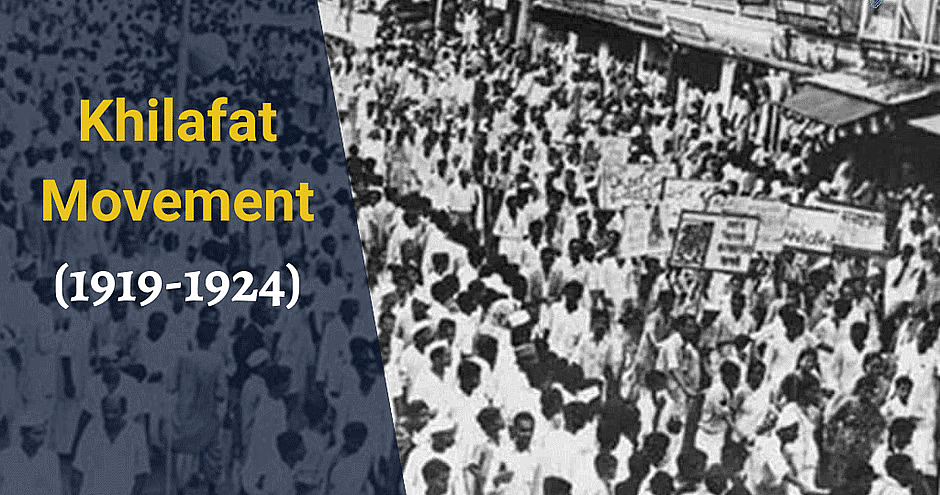
- February 1920 In early 1920, a joint Hindu-Muslim deputation was sent to the viceroy to seek redress of grievances on the issue of Khilafat.
- In February 1920, Gandhi announced that the issues of the Punjab wrongs and constitutional advance had been overshadowed by the Khilafat question.
- May 1920 Treaty of Sevres with Turkey, signed in May 1920, completely dismembered Turkey.
- June 1920 An all-party conference at Allahabad approved a programme of boycott.
- August 31, 1920, The Khilafat Committee started a campaign of non-cooperation and the movement was formally launched.
- September 1920 At a special session in Calcutta, Congress approved a non-cooperation programme till the Punjab and Khilafat wrongs were removed and Swaraj was established.
The programme was to include:
- Boycott of government schools and colleges.
- Boycott of law courts and dispensation of justice through panchayats instead.
- Boycott of legislative councils.
- Boycott of foreign cloth and use of khadi instead, also the practice of hand-spinning to be done.
- Renunciation of government honors and titles, the second phase could include mass civil disobedience including resignation from government service, and non-payment of taxes.
- December 1920: At the Nagpur session of the Indian National Congress
- An important change was made in the Congress creed: Now, instead of having the attainment of self-government through constitutional means as its goal, the Congress decided to have the attainment of swaraj through peaceful and legitimate means, thus committing itself to an extraconstitutional mass struggle.
- Some important organisational changes were made: A congress working committee (CWC) of 15 members was set up to lead the Congress from now onwards, provincial congress committees on linguistic basis were organised, ward committees were organised, and the entry fee was reduced to four annas.
- Gandhi declared that if the non-cooperation programme was implemented completely, swaraj would be ushered in within a year.
- Surendranath Banerjea founded the Indian National Liberal Federation and played a minor role in national politics henceforward.
The Spread of the Movement
The adoption by the Congress of the non-cooperation movement initiated earlier by the Khilafat Committee gave it a new energy, and the years 1921 and 1922 saw an unprece dented popular upsurge.
- Gandhi and Ali Brothers' Nationwide Tour: Gandhi, along with the Ali brothers, went on a journey across the country. During this time, many students left government schools and colleges to join about 800 national schools and colleges that were set up. These educational institutions were led by people like Acharya Narendra Dev, C.R. Das, Lala Lajpat Rai, Zakir Hussain, and Subhash Bose. They included institutions like Jamia Millia in Aligarh, Kashi Vidyapeeth, Gujarat Vidyapeeth, and Bihar Vidyapeeth.
- Lawyers Giving up Practices: Many lawyers, including prominent figures like Motilal Nehru, Jawaharlal Nehru, C.R. Das, C. Rajagopalachari, Saifuddin Kitchlew, Vallabhbhai Patel, Asaf Ali, T. Prakasam, and Rajendra Prasad, gave up their practices.
- Protests and Demonstrations: As a form of protest, people publicly burned heaps of foreign cloth, leading to a significant drop in their imports. Picketing of shops selling foreign liquor and toddy also took place in many areas. The Tilak Swaraj Fund received overwhelming support, collecting one crore rupees. Congress volunteer corps acted as a kind of parallel police force.
- Call for Muslim Resignation from the Army: In July 1921, the Ali brothers urged Muslims to resign from the Army, considering it against their religious beliefs. They were arrested in September 1921. Gandhi supported their call and asked local Congress committees to pass similar resolutions.
- Civil Disobedience and Local Movements: The Congress then called on local bodies to start civil disobedience if they felt the people were ready for it. Already, there were movements like the no-tax protests against union board taxes in Midnapore (Bengal) and Guntur (Andhra). In Assam, there were strikes in tea plantations, steamer services, and Assam-Bengal Railways, with J.M. Sengupta being a notable leader in these strikes.
- Prince of Wales' Visit: The visit of the Prince of Wales in November 1921 led to strikes and demonstrations.
- Local Movements and Unrest: The atmosphere of resistance and unrest gave rise to various local movements such as the Awadh Kisan Movement in Uttar Pradesh, the Eka Movement in Uttar Pradesh, the Mappila Revolt in Malabar, and the Sikh agitation for the removal of mahants in Punjab.
(a) People’s Response
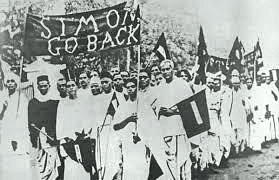
- Middle Class - Initially, the middle classes led Gandhi's movement, but later they became hesitant. Cities like Calcutta, Bombay, and Madras, with elite politicians, showed limited response to Gandhi's call. The appeal for resigning from government service and surrendering titles wasn't taken seriously. Newer political figures, like Rajendra Prasad in Bihar and Vallabhbhai Patel in Gujarat, strongly supported non-cooperation, seeing it as a practical alternative to terrorism in the fight against colonial rule.
- Business Class - They supported the economic boycott due to the nationalists' emphasis on Swadeshi. However, a segment of big business remained skeptical, possibly fearing potential labor unrest in their factories.
- Peasants - Their participation in the Non-Cooperation Movement was extensive. Despite Congress being against class warfare, the masses, particularly in Bihar, engaged in confrontations over social issues. The movement became a platform for peasants to express their grievances against British rule and their discontent towards Indian landlords and traders.
- Students - They played a vital role in the Movement, actively volunteering and leaving government schools and colleges to join newly established national institutions like Kashi Vidyapeeth, Gujarat Vidyapeeth, Jamia Millia Islamia, and others.
- Women - Women broke away from purdah, contributed their ornaments to the Tilak Fund, and actively participated in large numbers. They played a significant role in picketing shops selling foreign cloth and liquor.
- Hindu- Muslim Unity - During the movement, the significant participation of Muslims and the maintenance of communal unity, despite events like the Moppila Uprisings, were notable achievements. In many areas, two-thirds of those arrested were Muslims, showcasing an unprecedented level of involvement. Leaders, including Gandhi, addressed Muslim masses from mosques, and Gandhi even spoke at meetings of Muslim women, where he was the only male not blindfolded.
(b) Government Response: Gandhi had discussions with Viceroy Reading in May 1921, but they fell apart because the government wanted Gandhi to persuade the Ali brothers to remove violent parts from their speeches. Gandhi realized the government was trying to create problems between him and the Khilafat leaders, so he didn't agree. In December, the government got tough on protestors, making volunteer groups illegal, banning public meetings, silencing the press, and arresting many leaders, except for Gandhi.
(c) The Last Phase of the Movement: In 1921, the Congress members were pushing Gandhi to start civil disobedience. In a meeting in Ahmedabad, Gandhi was given the sole authority on this issue. On February 1, 1922, Gandhi said he would start civil disobedience in Bardoli (Gujarat) if the government didn't release political prisoners and remove press controls. However, the movement was quickly stopped before it could begin.
- Chauri Chaura Incident - Chauri-Chaura (Gorakhpur district in United Provinces) has found a place in history books due to an incident of violence on February 5, 1922, which was to prompt Gandhi to withdraw the movement.
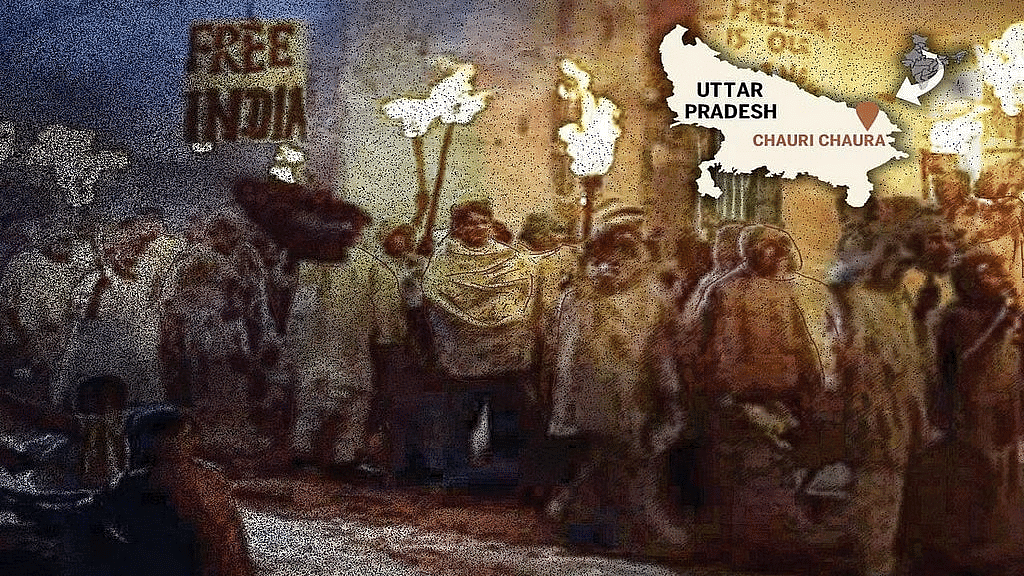
- Congress Working Committee met at Bardoli in February 1922 and resolved to stop all activity that led to the breaking of the law and to get down to constructive work.
- In March 1922, Gandhi was arrested and sentenced to six years in jail. He made the occasion memorable by a magnificent court speech: “I am here, therefore, to invite and submit cheerfully to the highest penalty that can be inflicted upon me for what in law is a deliberate crime, and what appears to me to be the highest duty of a citizen.”
Why Gandhi Withdrew the Movement
- The movement was also showing signs of fatigue. In November 1922, the people of Turkey rose under Mustafa Kamal Pasha and deprived the sultan of political power. In 1924, the caliphate was abolished.
Evaluation of the Khilafat Non-Cooperation Movement
- Urban Muslims in National Movement: The Non-Cooperation Movement involved urban Muslims in the national struggle.
- Communal Aspect in National Politics: However, it also introduced some religious divisions in national politics. Muslim sentiments were part of a broader anti-imperialist feeling.
- Failure to Achieve Secular Political Consciousness: National leaders struggled to raise Muslim political awareness to a level of secular consciousness.
- Politicization Across Society: The movement reached every corner of the country. It politicized various segments of the population—artisans, peasants, students, urban poor, women, traders, etc.
- Revolutionary Character of the National Movement: The widespread involvement of people imparted a revolutionary character to the national movement.
- Challenging Colonial Rule Myths: Two myths of colonial rule were challenged:
- The economic critique had already exploded the myth that colonial rule was in the interest of Indians.
- Satyagraha and mass struggle questioned the myth of the invincibility of colonial rule.
- Overcoming Fear of Colonial Rule: The masses, through their involvement, overcame the fear of colonial rule and its repressive organs.
|
110 videos|653 docs|168 tests
|
FAQs on Spectrum Summary: Non-Cooperation Movement & Khilafat Aandolan - History for UPSC CSE
| 1. What is the Khilafat Issue? |  |
| 2. What was the Non-Cooperation Khilafat Movement? |  |
| 3. Why did Gandhi withdraw the Non-Cooperation Movement? |  |
| 4. How was the Khilafat Non-Cooperation Movement evaluated? |  |
| 5. What were the key factors that led to the Non-Cooperation Khilafat Movement? |  |




